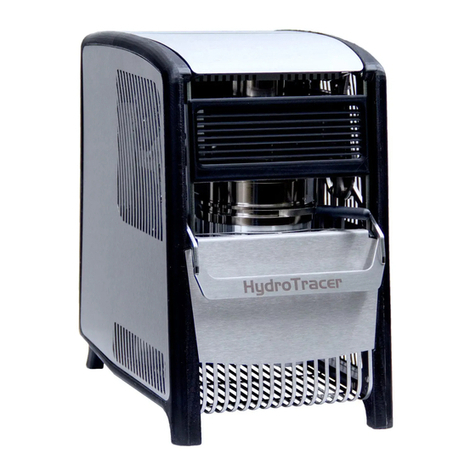
Table of Contents
1. Initial Operation.......................................................................................................3
1.1 Installation of the Control Software HT2 STD.......................................................3
1.2 Connecting the HydroTracer...............................................................................5
1.3 Measuring Principle ...........................................................................................6
1.4 The Reagent .....................................................................................................7
2. Performing a Test ....................................................................................................8
2.1 The procedure step by step................................................................................8
2.2 Selection of Temperature.................................................................................12
2.3 Selection of Sample Weight..............................................................................12
2.4 Using the serial balance ................................................................................... 14
2.5 Operation menu with manual input: Loading the HydroTracer.............................15
2.6 Operation menu with automatic weight input: Loading the HydroTracer............... 20
2.7 Influence of the filling procedure on the accuracy of the test .............................. 21
2.8 Measuring period ............................................................................................ 22
2.9 End of the test ................................................................................................23
3. Output of the results and storage............................................................................ 24
3.1 HTML-Report ..................................................................................................25
3.2 PDF-Report..................................................................................................... 26
4. Selection Menus & Status Display............................................................................27
4.1 Menu: Settings & Company logo.......................................................................27
4.2 Menu: Operator List.........................................................................................28
4.3 Menu: List of materials .................................................................................... 29
4.4 Status Display & Information field.....................................................................30
5. Cleaning the reactor interior ...................................................................................31
6. Dry Run ................................................................................................................32
7. Errors ...................................................................................................................33
8. Remarks concerning calcium hydride .......................................................................34
Appendix
Declaration of Conformity
Safety Data Sheet Calcium Hydride




























